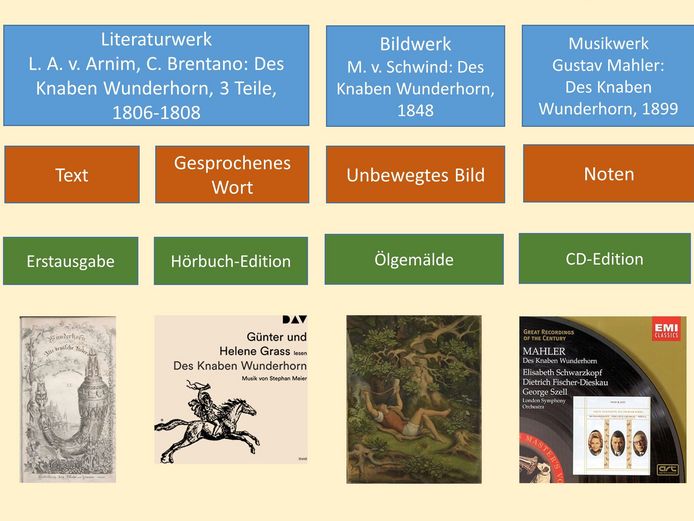Projects of the Klassik Stiftung Weimar are funded by the European Regional Development Fund (ERDF) and the Free State of Thuringia, represented by the State Chancellery of Thuringia, Department of Culture and the Arts.

Projects
Which exhibitions are we planning next? What are we currently working on? On this page you can find out more about selected current projects.
Pages under construction. Thank you for your understanding.
Future Memory – Testimonials
2 September 2024 marks the 20th anniversary of the fire at the Herzogin Anna Amalia Library. To mark the occasion, the library is inviting contemporary witnesses to share their memories and expectations, found objects and photographs. These will be added to the collections and presented on 2 September 2024.
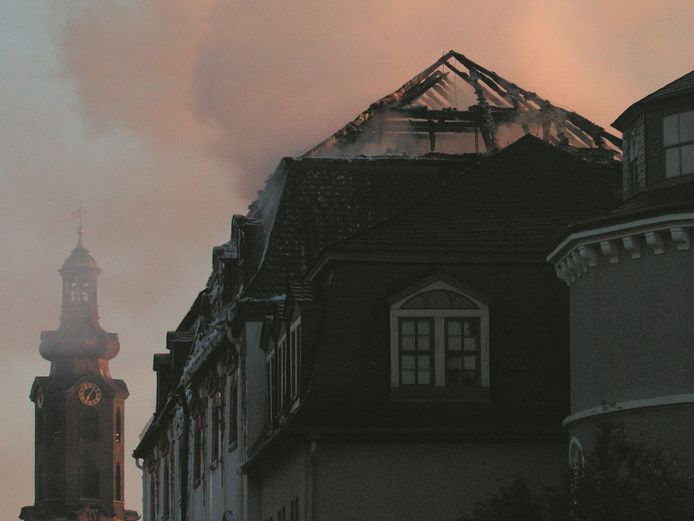
Use of nanocellulose as a stabilising material
The aim of the research project "Use of nano- or microfibrillated celluloses for the stabilisation and restoration of historical paper", which has been implemented since 2018 in close cooperation with the University of Natural Resources and Life Sciences, Vienna, Institute of Chemistry of Renewable Resources, is to investigate nanocelluloses as a stabilising material for papers with extreme damage patterns, for example fire damage or ink erosion, and to develop further practical applications.
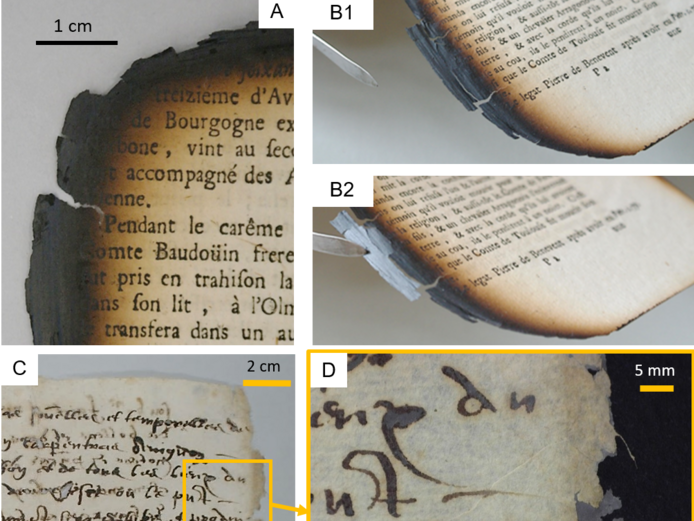
Cranach 2022
Starting in June 2022, visitors can experience the Historic Library of the Herzogin Anna Amalia Bibliothek in a whole new way. As part of the Cranach 2022 project, the Klassik Stiftung Weimar is redesigning the exhibition areas and library foyer. In addition to the famous Rococo Hall, visitors will be able to view an exhibition on Lucas Cranach, The Elder, the art of the Reformation and temporary presentations of the library collections.

Goethe digital: An author's library as a collection space
Since March 2019, the project has been dedicated to the digital analysis of Goethe's private library and his loans from the Ducal Library in Weimar. "Goethe digital" is a project of the Forschungsverbund Marbach Weimar Wolfenbüttel, based at the Herzogin Anna Amalia Bibliothek.
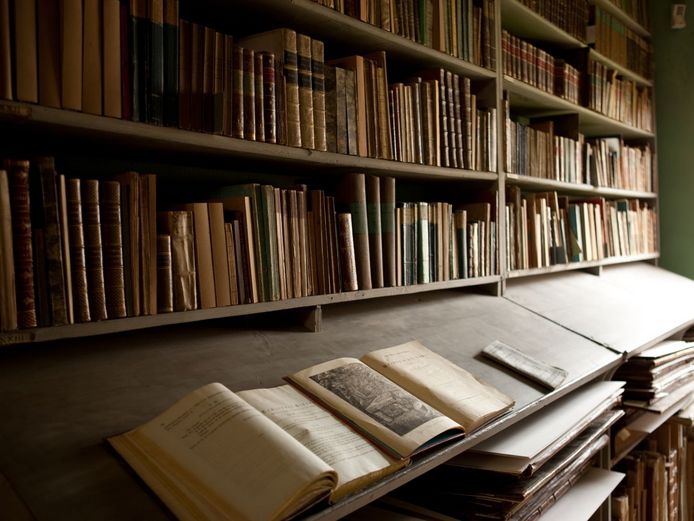
Historical catalogues and directories digitised
From August 2022 to September 2024, around 130 volumes from the collection of historical catalogues and indexes of the Herzogin Anna Amalia Bibliothek, which comprises around 1,000 objects, will be digitised. The volumes and card indexes, most of which have been handwritten over the course of several centuries, document the structure, organisation and management of various collections as well as the library's users and visitors, lending processes, revisions and, in some cases, even the daily work of the librarians.
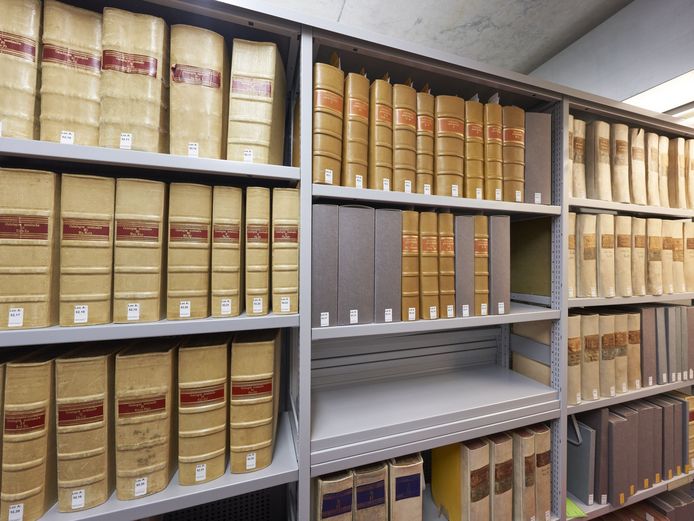
Identification of ash books
Assist us with the identification of ash books! So far, more than 31,000 ash books and ash book fragments have been identified and documented in the library catalogue through extensive research. For around 500 ash book fragments, the bibliographical allocation could not yet be clarified or verified. The library is therefore launching an open platform for collaborative identification.

Liszt collection digital
Since October 2021, a total of 1,500 titles from the Liszt collection of the Herzogin Anna Amalia Bibliothek are being digitised. This includes numerous printed music works up to the year of publication 1920 and works from Liszt's private library, as well as from the partial collections of Lina Rahmann and Alexander Wilhelm Gottschalg.

Georg Jäger's postcard collection
Since March 2023, the approximately 40,000 historical picture postcards from the Georg Jäger collection from the 19th and early 20th centuries are being digitised, indexed and made accessible online. The collection includes sub-collections on Goethe's life, Goethe monuments, Faust and Gretchen motifs, old views of Rome, the reception of Italy and more. One focus is on places of remembrance of the classical period, with particular emphasis on Thuringia.
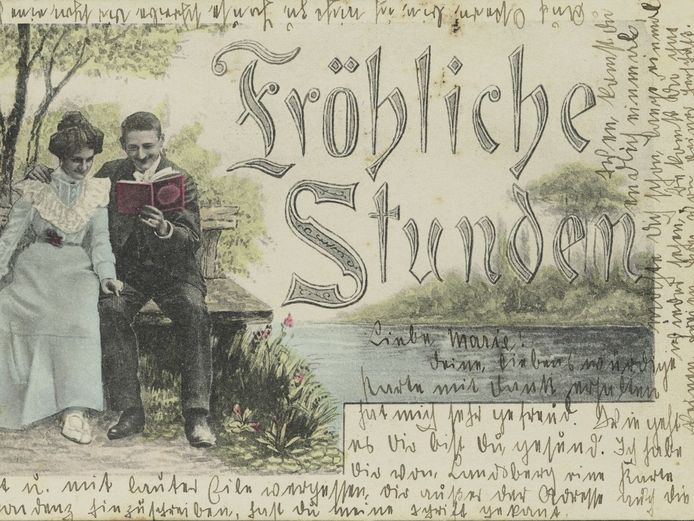
Restoration of historic prints
Germany’s only restoration workshop for fire-damaged documents has been operating in Weimar-Legefeld under the aegis of the Herzogin Anna Amalia Bibliothek since 2008. As part of the current project, researchers are now applying their tried and tested restoration techniques to large-format books.

Digital collection rooms
How can historical collection rooms that are otherwise closed to the public be made accessible? How can the connection between space and historical book holdings be made visible and tangible for researchers? The project “3D visualisation and reconstruction of historical collection contexts” aims to find answers.
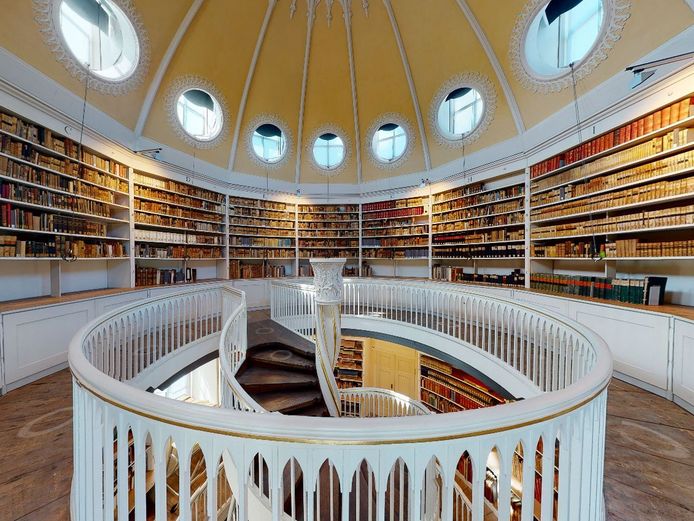
Preserving deposit copies
From 1953 to 1982 the Weimar library received deposit copies of all works published by Thuringian publishing houses. In order to permanently archive these books, conservators are now carrying out special protective measures.
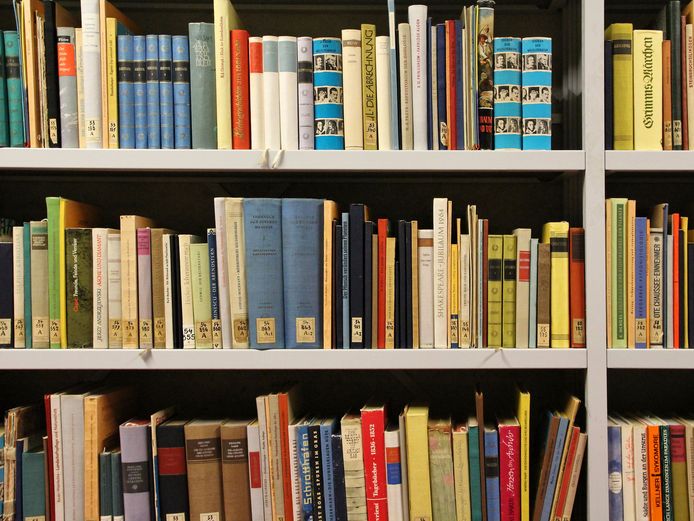
Portal of friendship books
The aim of the project is to bring together the collections of libraries, archives and museums throughout Thuringia in a cross-institutional portal under the umbrella of the Thuringia Culture and Knowledge Portal. A generalised indexing model for libraries, archives and museums is being developed for this purpose. In addition, the project aims to identify further friendship books in cultural institutions across Thuringia that are currently unknown and only rudimentarily catalogued.
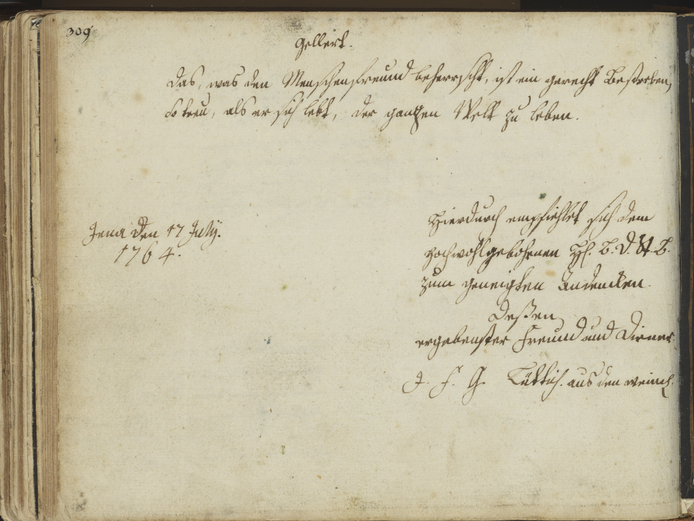
Project VD 18
More than 20 libraries in Germany are participating in the project “Digitisation and Indexing of Printed Material Published in the 18th Century in the German-Speaking Areas (VD18)”. The Herzogin Anna Amalia Bibliothek in Weimar joined the project in October 2019 over a three-year period.
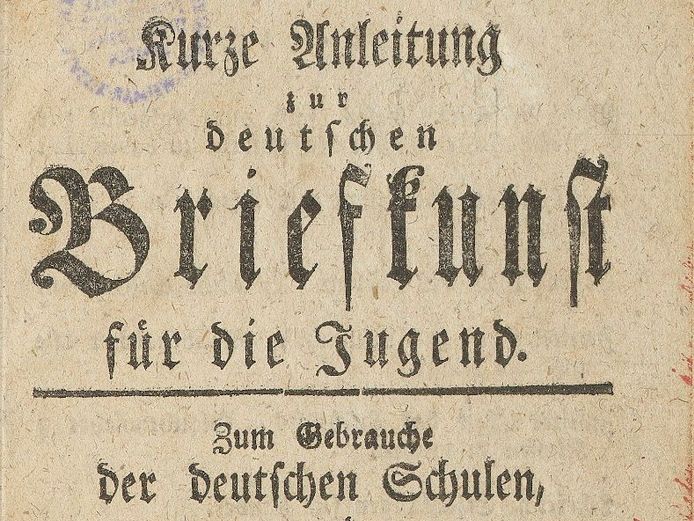
Works as Knowledge Spaces
The three-year, DFG-funded project “Works as Knowledge Spaces” commenced on 1 March 2020. In this joint project coordinated by the Herzogin Anna Amalia Bibliothek and the German Literature Archive Marbach, researchers will collect structured authority data on over 4,000 works of German literature from 1700 to the present. The data will consist of in-depth information, translated titles and cross-references to related works of literature, music, fine arts and performing arts.
